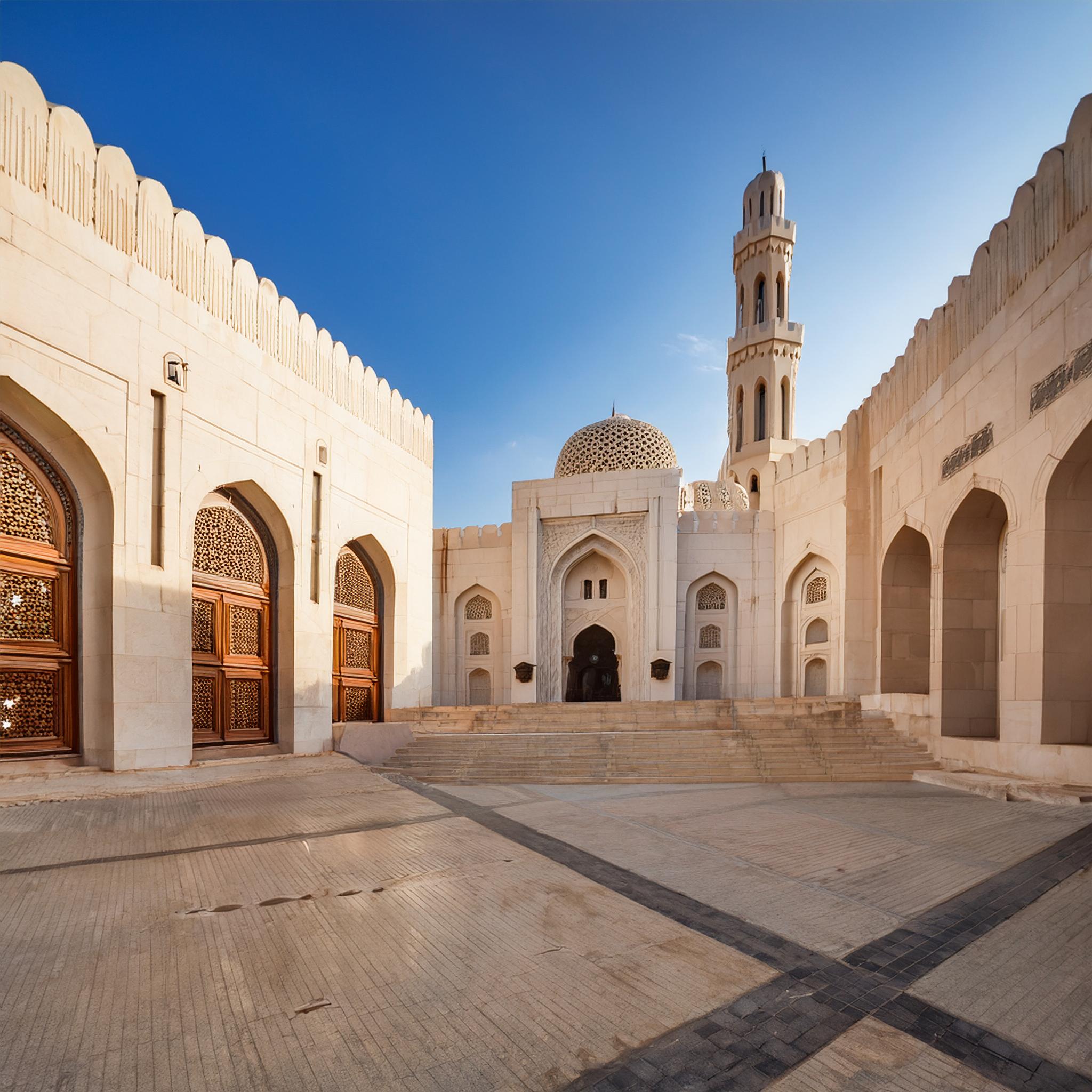Oman, known for its rugged landscapes, majestic mountains, and vast deserts, is also home to a rich cultural tapestry woven over centuries. Rooted in ancient traditions yet modern in its outlook, Oman offers travelers a unique glimpse into a way of life that has thrived in harmony with the land and sea. Here, we explore some of the enduring customs that define the Omani way of life.
1. The Spirit of Omani Hospitality
Omanis are known for their warm hospitality, extending a welcoming hand to visitors from around the world. Traditionally, guests are offered dates and kahwa (a spiced Arabic coffee flavored with cardamom and saffron) as a symbol of friendship and respect. It’s customary to accept these offerings graciously, as they reflect the host’s generosity and pride. In Oman, hospitality is deeply embedded in everyday life and is a cherished part of the national identity.
2. Traditional Dress: A Symbol of Heritage and Modesty
The traditional Omani attire is both practical and symbolic. For men, the dishdasha (a long, collarless robe) is the main piece, often in white or earthy tones. The kummah (embroidered cap) and sometimes a mussar (turban) complete the look. Women wear colorful dresses, often adorned with intricate embroidery, and cover their heads with scarves. Each region in Oman has its unique color schemes and designs, reflecting the diversity of the country. Traditional dress is worn daily by many Omanis, showing pride in their culture and heritage.
3. Omani Celebrations and Festivals
Festivals in Oman are a vibrant display of tradition and community spirit. The Eid al-Fitr and Eid al-Adha celebrations are the most significant religious events, marked by communal prayers, feasting, and visiting family and friends. One unique festival is the Muscat Festival, an annual cultural event celebrating Omani heritage through performances, exhibitions, and food. The Salalah Tourism Festival during Khareef (monsoon season) in Dhofar attracts locals and visitors alike, showcasing traditional arts, crafts, and folk music.
4. Arts and Crafts: Preserving Ancient Skills
Oman has a long history of artisanal crafts, passed down through generations. Traditional silver jewelry with intricate designs is highly prized, and Oman is known for its fine craftsmanship in silverware. The pottery from Bahla, characterized by its unglazed and earthy aesthetic, is another craft that has stood the test of time. Omani handwoven textiles and frankincense products also have deep cultural roots, with artisans using age-old techniques to produce goods that reflect Oman’s rich heritage.
5. Music and Dance: The Heartbeat of Omani Culture
Music and dance are integral to Omani celebrations and gatherings. Traditional Omani music is a blend of African, Arabian, and Indian influences, reflecting the country’s historical trade routes. The Al-Bar’ah dance from the Dhofar region and the Razha war dance are performed during festivals and special events, accompanied by drums and tambourines. These dances are not just entertainment; they are a medium of storytelling and expression, resonating with the Omani spirit of resilience and unity.
6. The Role of Frankincense in Omani Life
Frankincense, often called Oman’s “white gold,” has been harvested in Oman for thousands of years, particularly in the Dhofar region. It has cultural and religious significance, used in traditional Omani homes to create a welcoming atmosphere and believed to have health benefits. Ancient trade routes brought Omani frankincense as far as Egypt, Greece, and Rome, making it one of the region’s oldest and most cherished exports. Visitors to Oman can explore this heritage by visiting the Frankincense Land Museum in Salalah or buying high-quality frankincense from local markets.
7. The Traditional Majlis: Center of Social Life
The majlis (meeting room) is a cornerstone of Omani social life, providing a space where family, friends, and neighbors gather to discuss community matters, exchange news, or simply enjoy each other’s company. It is common in Omani homes and often reserved for special occasions. Sitting in a majlis is a unique experience, where visitors can observe Omani hospitality and the genuine respect for community and kinship that defines Omani society.
8. Culinary Traditions: The Flavors of Oman
Omani cuisine is a flavorful blend of Arabic, Indian, and East African influences. Shuwa is a much-loved dish prepared on special occasions: a marinated lamb wrapped in banana or palm leaves and slow-cooked in an underground sand oven for up to 48 hours. Other popular dishes include majboos (a spiced rice dish with meat or fish) and halwa (a sweet gelatinous dessert made from sugar, rosewater, and spices). Sharing a meal is a cherished part of Omani culture, and traditional food reflects the warmth and hospitality of the Omani people.
Conclusion
Oman’s cultural heritage is a living tradition, encompassing hospitality, unique celebrations, skilled craftsmanship, and profound respect for history and community. For visitors, immersing in these timeless customs offers a deeper understanding of the Omani way of life and a chance to appreciate a nation that has beautifully balanced tradition with modernity. Whether sipping kahwa with a local host, witnessing a folk dance, or savoring a traditional meal, Oman’s culture is a journey of discovery, connection, and admiration.

